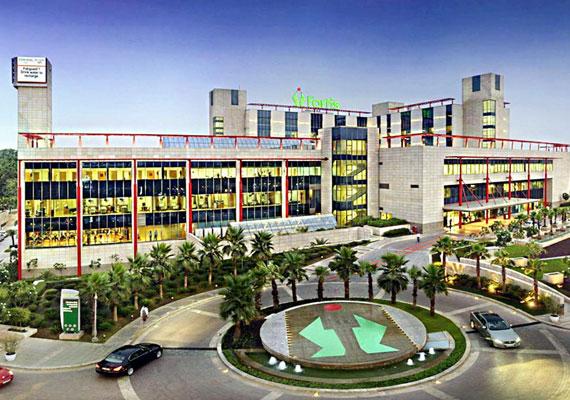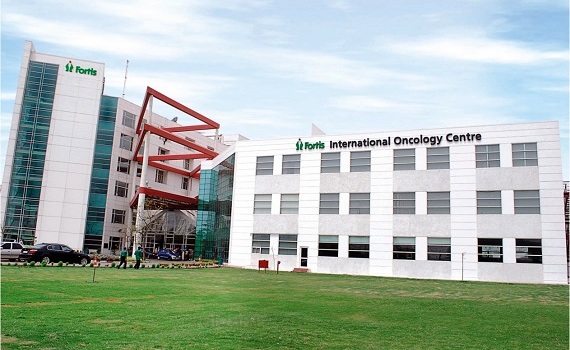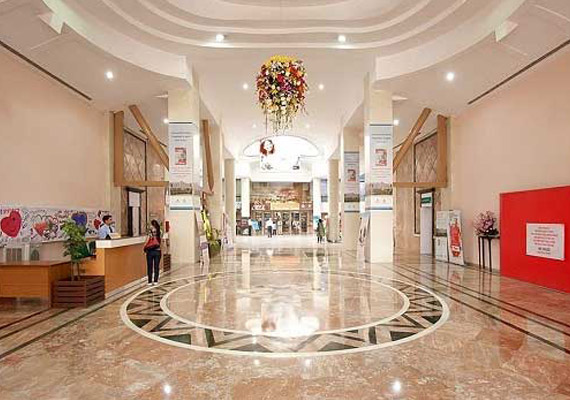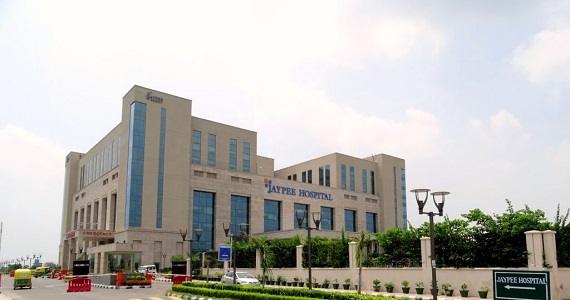Diagnostic laparoscopy Treatment in India
treatment
starting from
Introduction:
Diagnostic laparoscopy, also known as exploratory laparoscopy, is a minimally invasive surgical procedure used to visualize and assess the organs inside the abdomen. It involves making small incisions and inserting a laparoscope, a thin, flexible tube with a camera and light, to provide real-time images of the abdominal cavity. This procedure helps doctors diagnose and evaluate various abdominal conditions, allowing for more accurate treatment planning. This article explores the principles, symptoms, causes, treatment, benefits, cost in India, and the significance of diagnostic laparoscopy in modern medical practice.
Principles of Diagnostic Laparoscopy: Diagnostic laparoscopy is performed under general anesthesia. The procedure involves the following steps:
- Anesthesia: The patient is given general anesthesia to ensure they are unconscious and pain-free during the procedure.
- Incisions: The surgeon makes small incisions, usually no more than 0.5 to 1.5 centimeters in length, in the abdominal area.
- Laparoscope Insertion: A laparoscope, equipped with a camera and light source, is inserted through one of the incisions. This allows the surgeon to view the abdominal organs on a monitor.
- Visualization and Examination: The surgeon examines the abdominal organs, including the liver, gallbladder, appendix, intestines, and reproductive organs, to detect any abnormalities or signs of disease.
- Additional Procedures (if required): Depending on the findings during the examination, the surgeon may perform additional procedures, such as taking tissue samples (biopsies) or treating certain conditions through specialized instruments.
- Closure: After completing the examination and any necessary procedures, the incisions are closed with sutures or adhesive strips.
Symptoms and Causes Leading to Diagnostic Laparoscopy:
Diagnostic laparoscopy is recommended when patients present with certain symptoms or medical conditions that require further investigation. Some common symptoms and causes leading to diagnostic laparoscopy include:
- Abdominal Pain: Persistent or unexplained abdominal pain that does not respond to conventional treatment may necessitate further exploration.
- Pelvic Pain: Chronic pelvic pain in women can be assessed to diagnose conditions such as endometriosis or ovarian cysts.
- Unexplained Weight Loss: Significant and unintentional weight loss without a clear cause may require examination of abdominal organs.
- Gynecological Disorders: Diagnostic laparoscopy can help diagnose and treat conditions like ovarian cysts, ectopic pregnancies, and infertility issues.
- Appendicitis: Suspected cases of appendicitis, an inflamed appendix, often require urgent laparoscopic examination for accurate diagnosis and treatment.
- Abdominal Trauma: In cases of abdominal trauma, diagnostic laparoscopy can assess internal injuries and bleeding.
Treatment:
Diagnostic Laparoscopy: Diagnostic laparoscopy itself is primarily an investigative procedure. However, if any abnormality or condition is identified during the examination, further treatment can be initiated during the same laparoscopic procedure. For example:
- Biopsy: If abnormal tissue is found, the surgeon may take a biopsy sample to determine if it is cancerous or benign.
- Appendectomy: If appendicitis is confirmed, the surgeon may remove the inflamed appendix through the laparoscope (laparoscopic appendectomy).
- Cyst Removal: In the case of ovarian cysts or other types of cysts, the surgeon may opt to remove them laparoscopically.
- Adhesiolysis: Laparoscopic Adhesiolysis is performed to separate abdominal adhesions that may be causing pain or obstruction.
- Tubal Ligation: Diagnostic laparoscopy can be combined with tubal ligation for permanent contraception.
Benefits of Diagnostic Laparoscopy:
Diagnostic laparoscopy offers numerous advantages over traditional open surgery:
- Minimally Invasive: The small incisions used in laparoscopy result in less tissue trauma, reduced scarring, and a faster recovery time compared to open surgery.
- Accurate Diagnosis: Laparoscopy provides direct visualization of the abdominal organs, allowing for more accurate diagnosis of conditions that may not be evident through imaging alone.
- Shorter Hospital Stay: Patients typically experience shorter hospital stays following laparoscopy compared to open surgery.
- Reduced Pain and Discomfort: The smaller incisions and minimal tissue manipulation result in less postoperative pain and discomfort for the patient.
- Quicker Recovery: Patients generally resume their normal activities sooner after laparoscopy compared to open surgery, leading to a quicker return to daily life.
- Lower Risk of Complications: The reduced trauma and invasiveness of laparoscopy result in a lower risk of infection and other complications.
Cost of Diagnostic Laparoscopy in India: The cost of diagnostic laparoscopy in India can vary depending on several factors, including the region, the complexity of the procedure, the surgeon's experience, and the healthcare facility. On average, the cost of diagnostic laparoscopy in India ranges from ?30,000 to ?80,000.
Conclusion:
Diagnostic laparoscopy is a valuable and minimally invasive tool in modern medicine for the evaluation and diagnosis of various abdominal conditions. By providing real-time visualization of the abdominal organs, this procedure allows healthcare professionals to accurately identify and treat a wide range of medical conditions. The benefits of diagnostic laparoscopy, including its minimally invasive nature, shorter recovery time, reduced pain, and more precise diagnosis, make it a preferred choice for both patients and surgeons.
How It Works
Need help in organizing medical travel to India?














